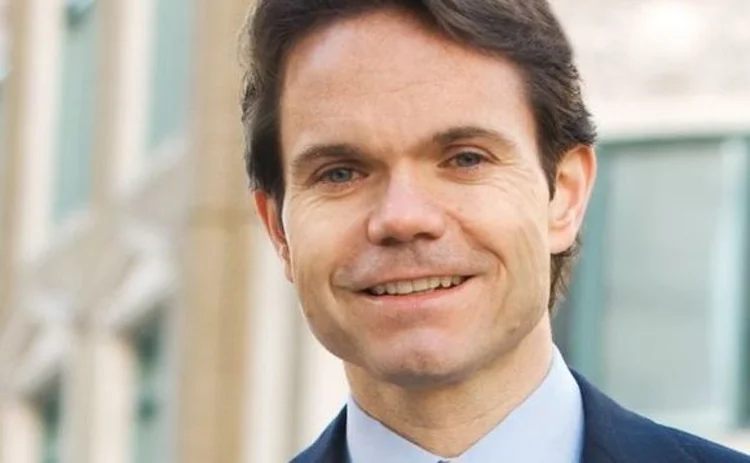
Future options
Tomorrow’s derivatives market looks likely to shift away from exotic products to focus more heavily on centrally cleared vanilla trades. Dealers hope to see a big jump in volumes, which will offset a smaller decline in margins. They also have an eye on new opportunities. But a happy ending is far from certain.

Dealers like to describe reform of the over-the-counter derivatives market as an evolutionary step. In fact, it’s an evolutionary leap – a sudden transformation that is creating huge uncertainty about future volumes, profit margins and competition.
At the heart of the reform agenda is a major shift towards central counterparties (CCPs) that will sit in the middle of formerly bilateral trades
Only users who have a paid subscription or are part of a corporate subscription are able to print or copy content.
To access these options, along with all other subscription benefits, please contact info@risk.net or view our subscription options here: http://subscriptions.risk.net/subscribe
You are currently unable to print this content. Please contact info@risk.net to find out more.
You are currently unable to copy this content. Please contact info@risk.net to find out more.
Copyright Infopro Digital Limited. All rights reserved.
As outlined in our terms and conditions, https://www.infopro-digital.com/terms-and-conditions/subscriptions/ (point 2.4), printing is limited to a single copy.
If you would like to purchase additional rights please email info@risk.net
Copyright Infopro Digital Limited. All rights reserved.
You may share this content using our article tools. As outlined in our terms and conditions, https://www.infopro-digital.com/terms-and-conditions/subscriptions/ (clause 2.4), an Authorised User may only make one copy of the materials for their own personal use. You must also comply with the restrictions in clause 2.5.
If you would like to purchase additional rights please email info@risk.net
More on Markets
How Bessent learned to stop worrying and love the T-bill
Short-dated issuance shows no signs of slowing. Some fear it could end badly.
Hawkish RBA comments wrong-foot Aussie dollar rates traders
Governor Bullock’s unexpected rate hike talk led to stop-outs and losses
Hedge fund holdouts boost euro steepener bets into year-end
After some investors took profits in September, those that stayed in the trade are now doubling down
Hong Kong tech stocks flirt with peak vega on structured boom
Note issuers sell vol to flatten exposures as Alibaba, BYD, Tencent zig-zag lower
Dutch pensions weigh hedge unwinds ahead of transition
As January 1 nears, Dutch pension funds consider unwind timing to avoid rush to the exit in thin year-end liquidity
Dealer views mixed over future of profitable EM FX carry trade
Emerging market FX carry trades have generated 7.5% returns since April, but dealers question longevity
Playing the yield: rates rev up structured products
Higher government bond yields and steeper forward curves fuel demand for new range of fixed income structures
Banks scale back short-dated FX swaps trading, BIS finds
Interbank FX swaps hit by higher short-term hedging and funding costs, while longer-dated forwards activity jumps








